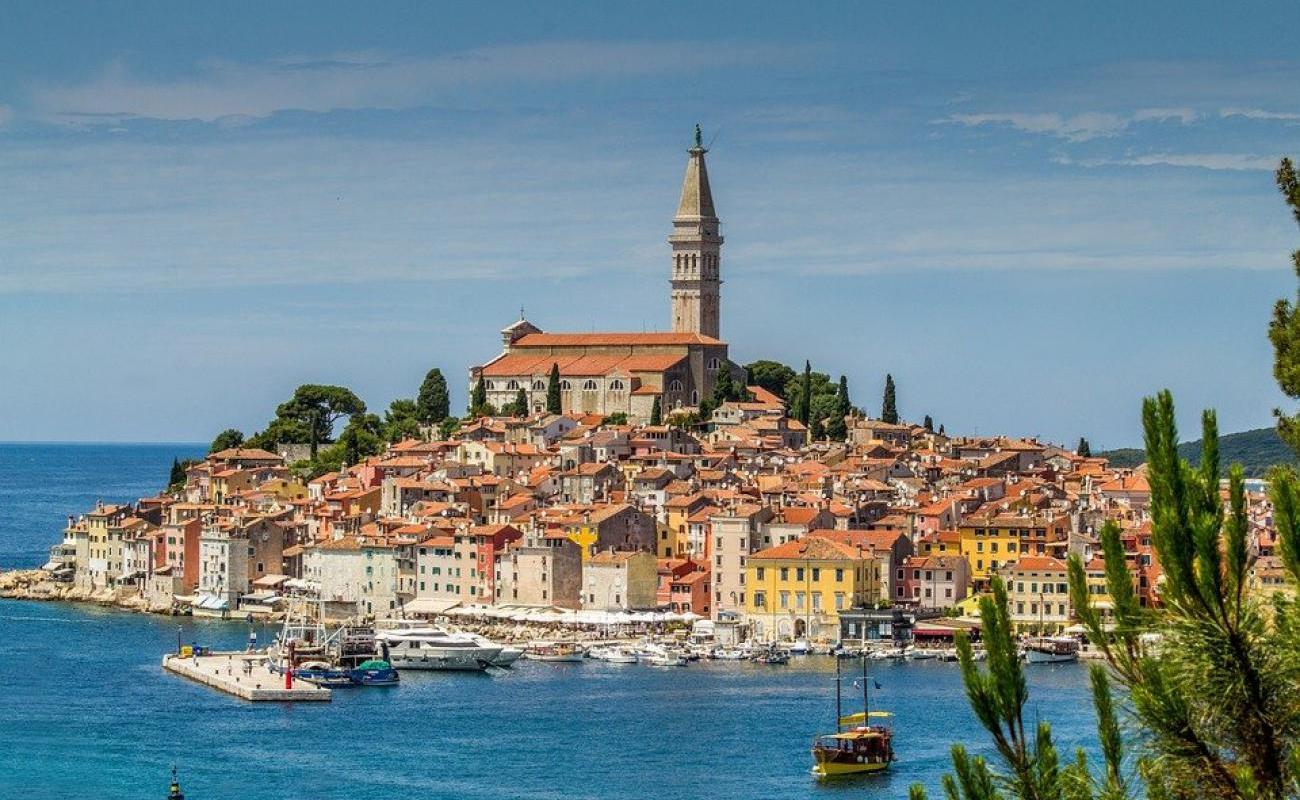Croatia to invest EUR 2.3 billion in energy renovation by 2030
Croatia intends to energy renovate 6.3 million square meters of multi-apartment buildings by 2030. The structures in the category consume 30 percent of energy in the entire housing sector, and the needed investment is estimated at EUR 2.3 billion.

Energy efficiency measures for energy renovation are envisaged by a draft energy renovation program of apartment buildings until 2030. They include installing or replacing insulation and heating systems to use environmentally friendly energy sources and solutions. Some of these energy sources are natural gas and pellets, while the solutions include solar panels and heat pumps.
Energy savings of 2,348 GWh are expected
Implementation of energy-saving measures will secure cumulative savings of direct energy consumption of up to 2,348 gigawatt-hours (GWh) and reduce CO2 emissions by 74,981 tons until 2030, according to the document, which is under public discussion until December 24.
The measures will contribute 24 percent to achieving the CO2 reduction goal set in the long-term national strategy to renovate the national building fund until 2050.
The program will support the goal to make all buildings in Croatia net-zero or with a high level of energy efficiency, the draft underlined.
About a third of apartment buildings in Croatia have very low energy performance
The focus of the program is to renovate the buildings with the lowest energy performance. Such structures make up about 34 percent in the continental part of Croatia and another 30 percent in the coastal part of the country.
The primary condition for the participation of multi-apartment buildings in the program is to reduce the annual consumption of heat by at least 50 percent compared to the situation before the renovation.
Firewood is the most common fuel for heating in apartment buildings
Of note, firewood dominates as an energy source in the residential sector, with almost 50 percent, while its share in multi-apartment buildings is about 35 percent.
Two models of subsidies
The energy-saving measures will be implemented under two schemes: the reconstruction of buildings undamaged in the earthquake and those damaged in the earthquake.
The first model is a continuation of the existing model implemented over the period 2014-2020 and will be applied in the first three years. The program involves grants of 60 to 80 percent of the investment.
It is possible to get a grant of up to 8 percent of the investment
The funding for the model will be from the national recovery and resilience plan, a financial instrument that will combine loans and grants from the European Structural and Investment Funds (ESIF), and funding from commercial sources.
The second model makes it possible to get a grant of up to 80 percent of the investment.
